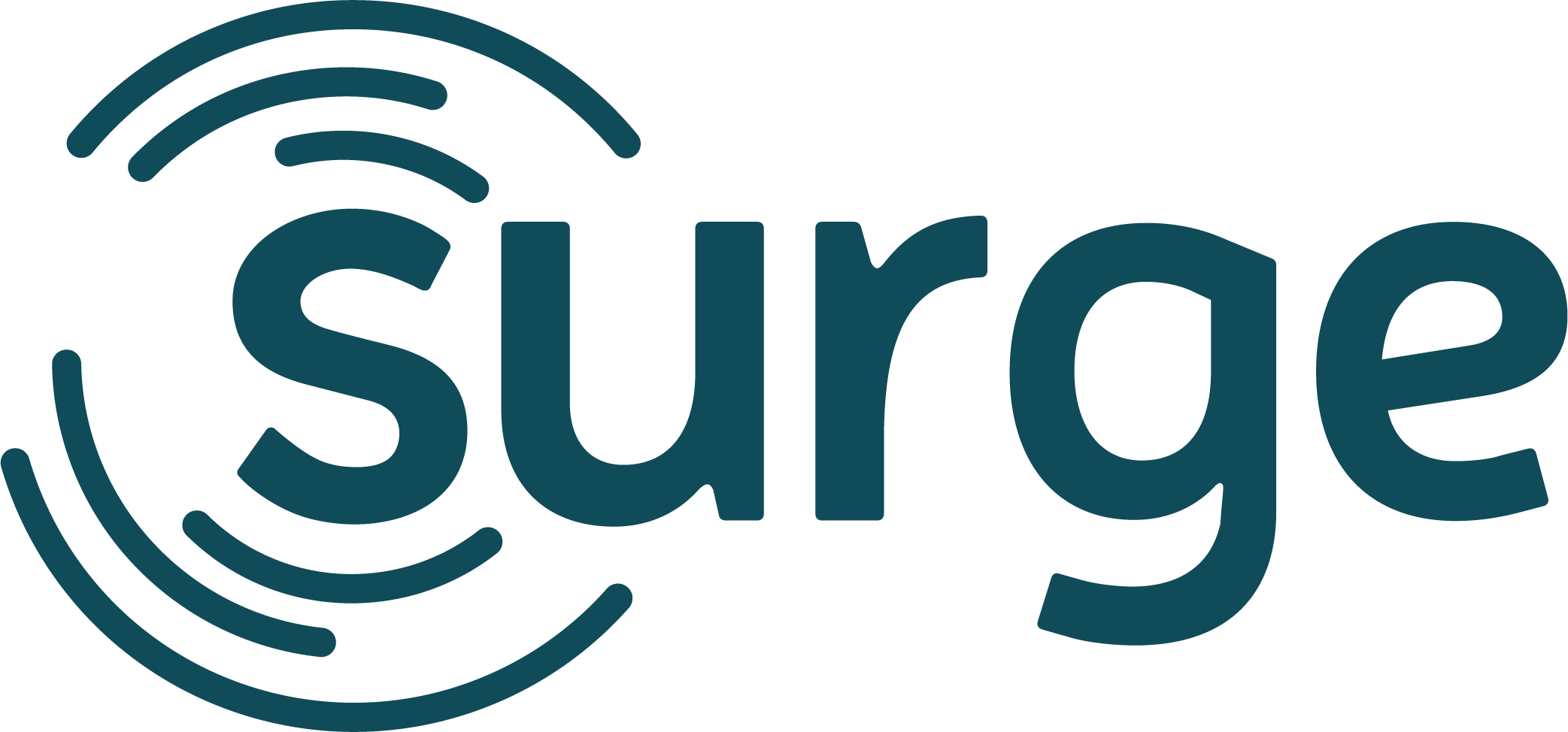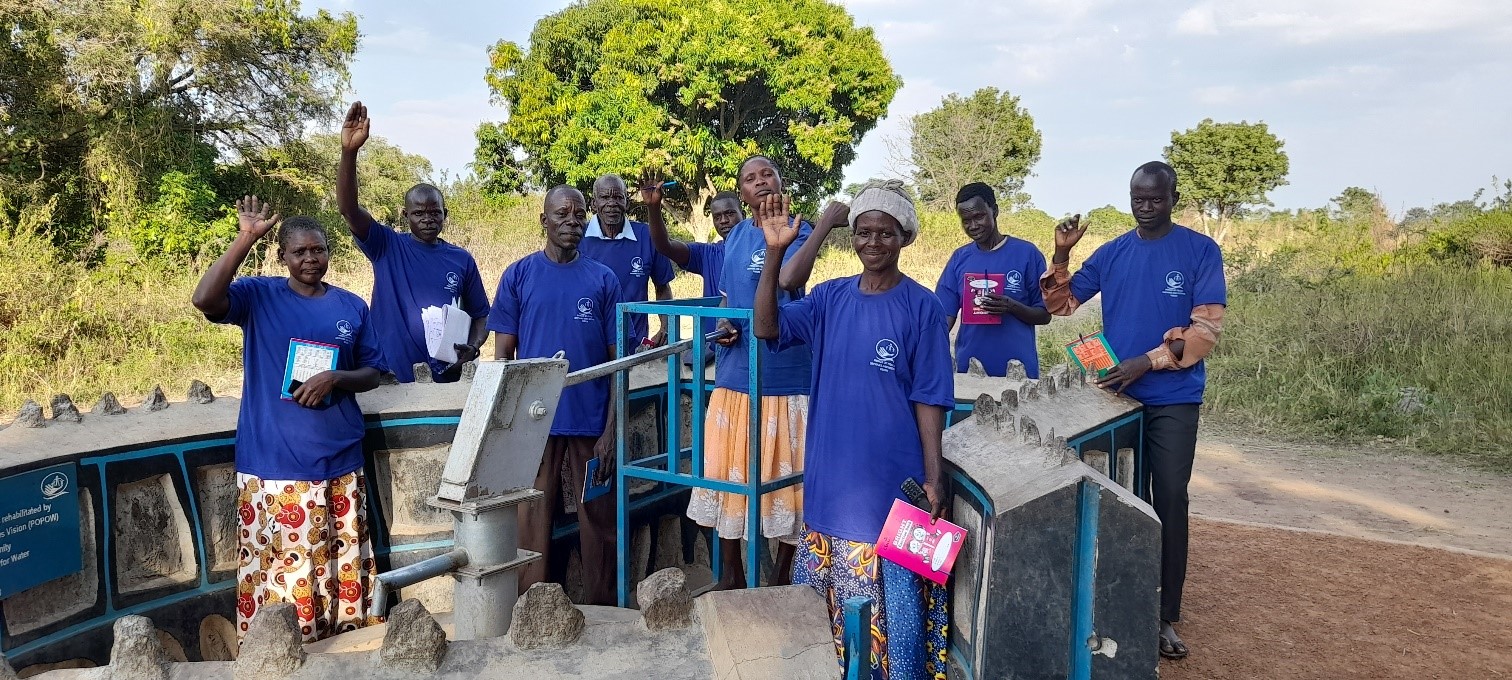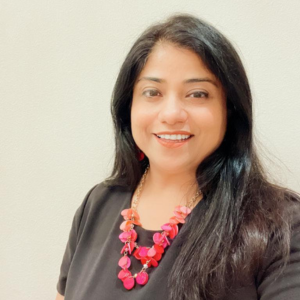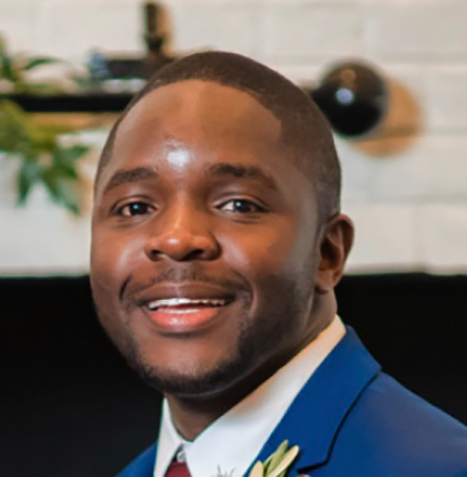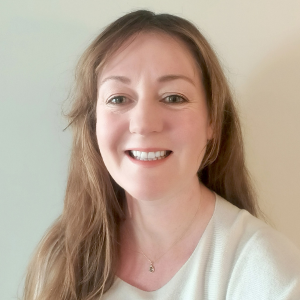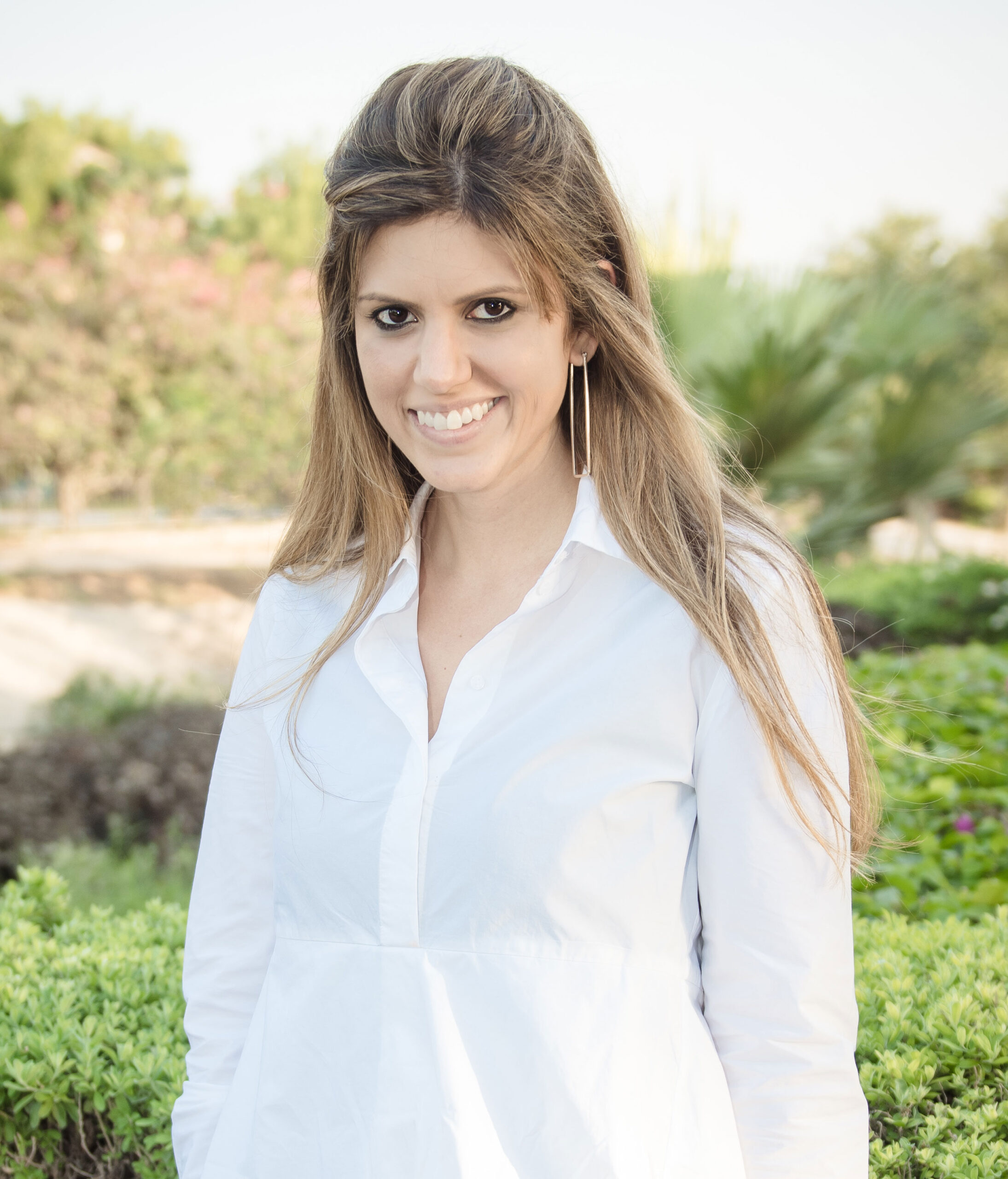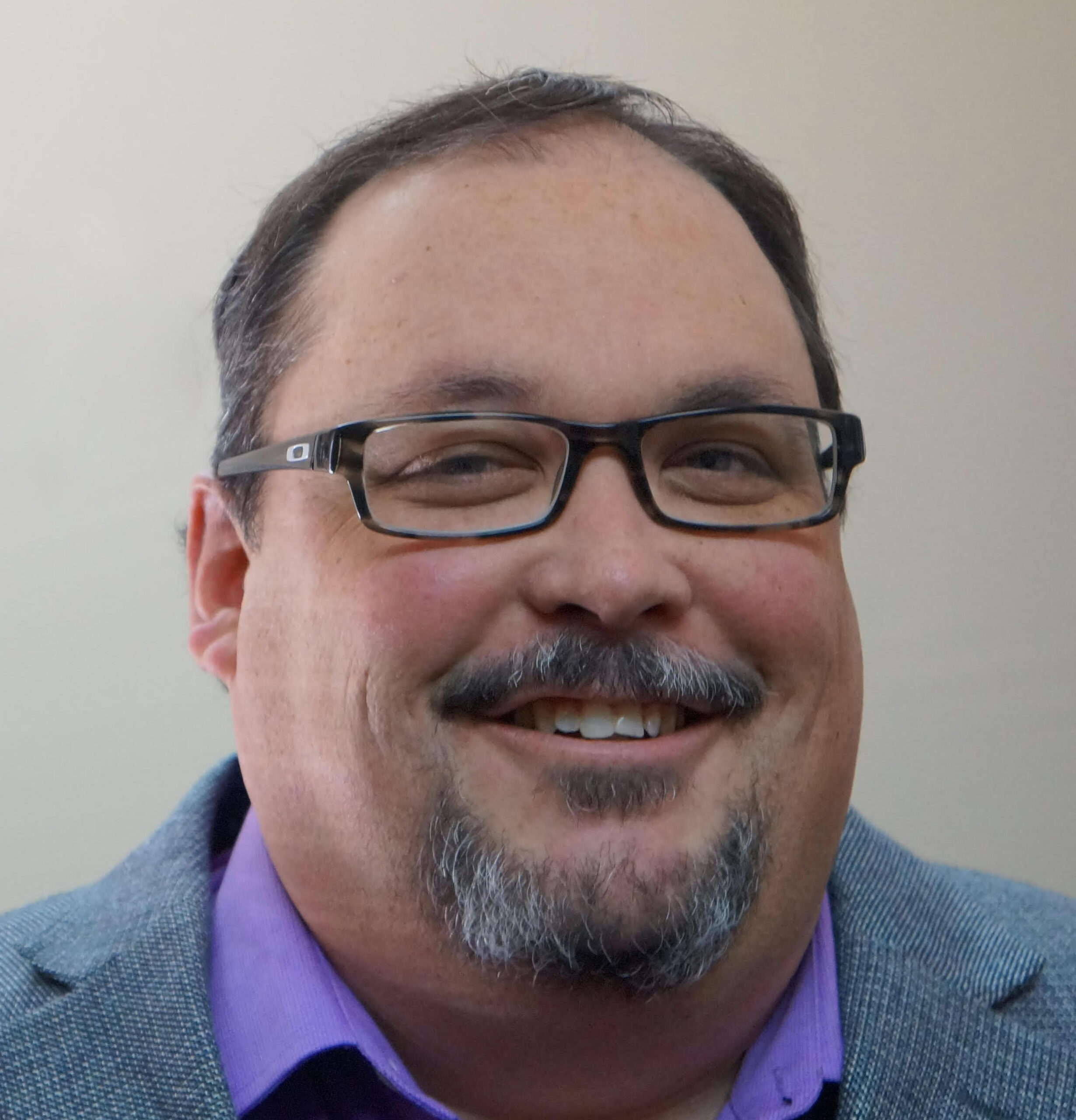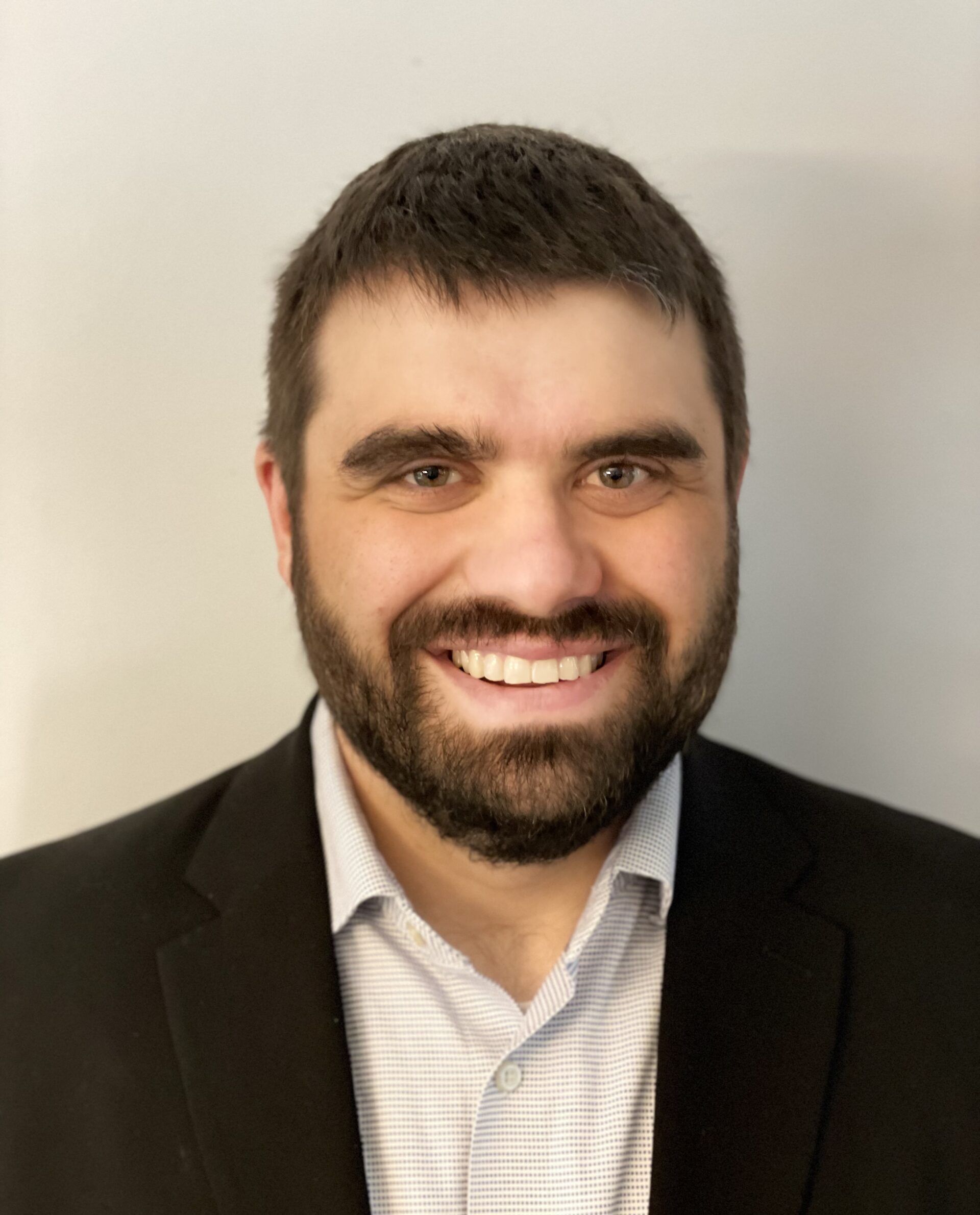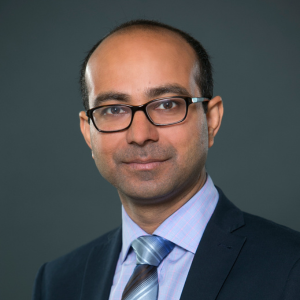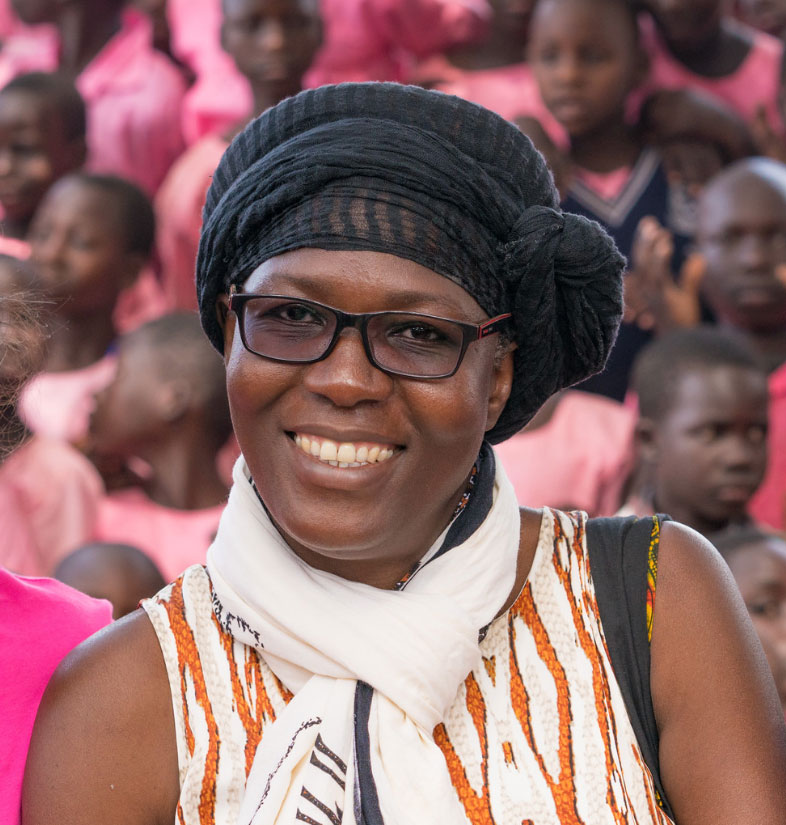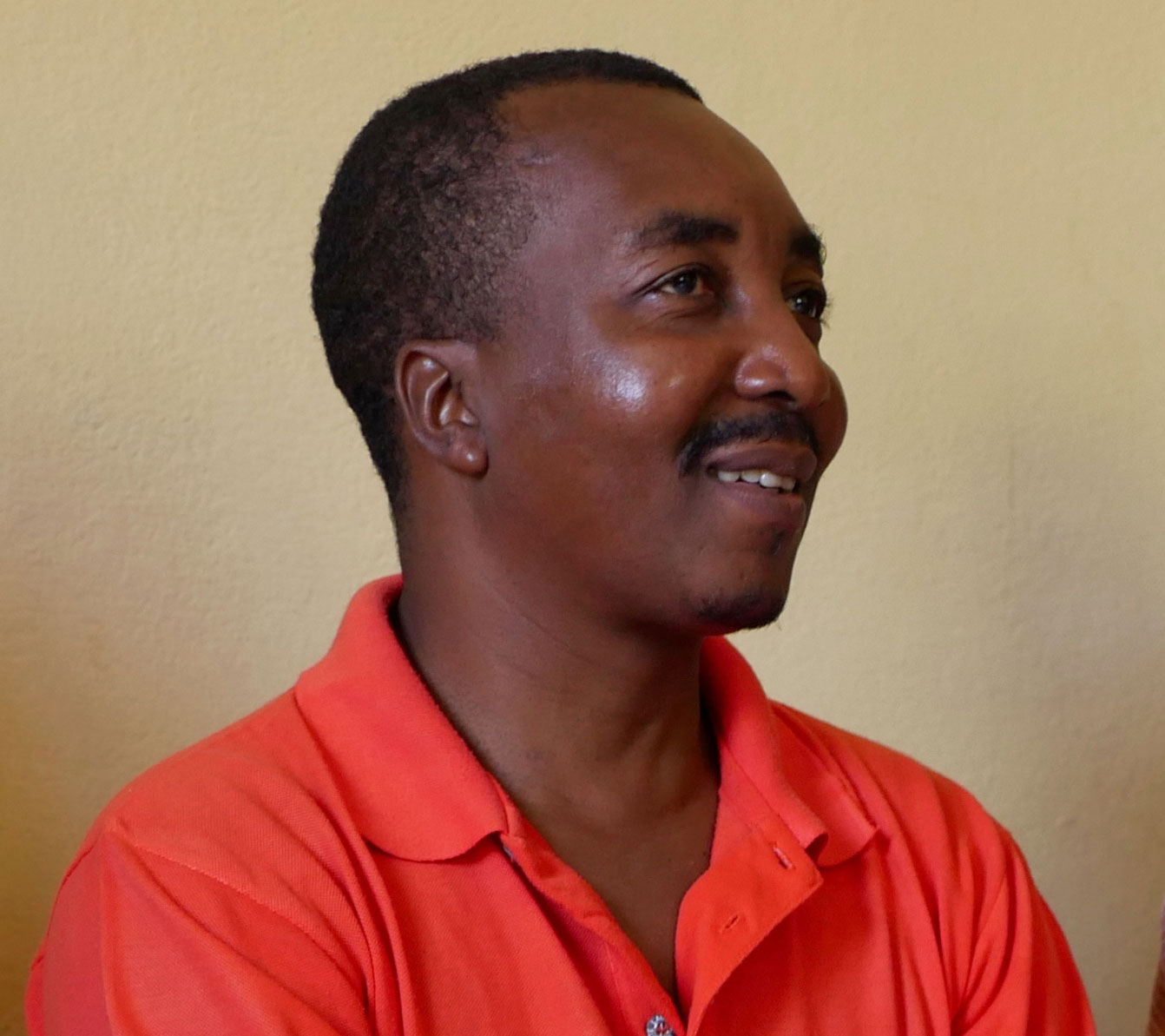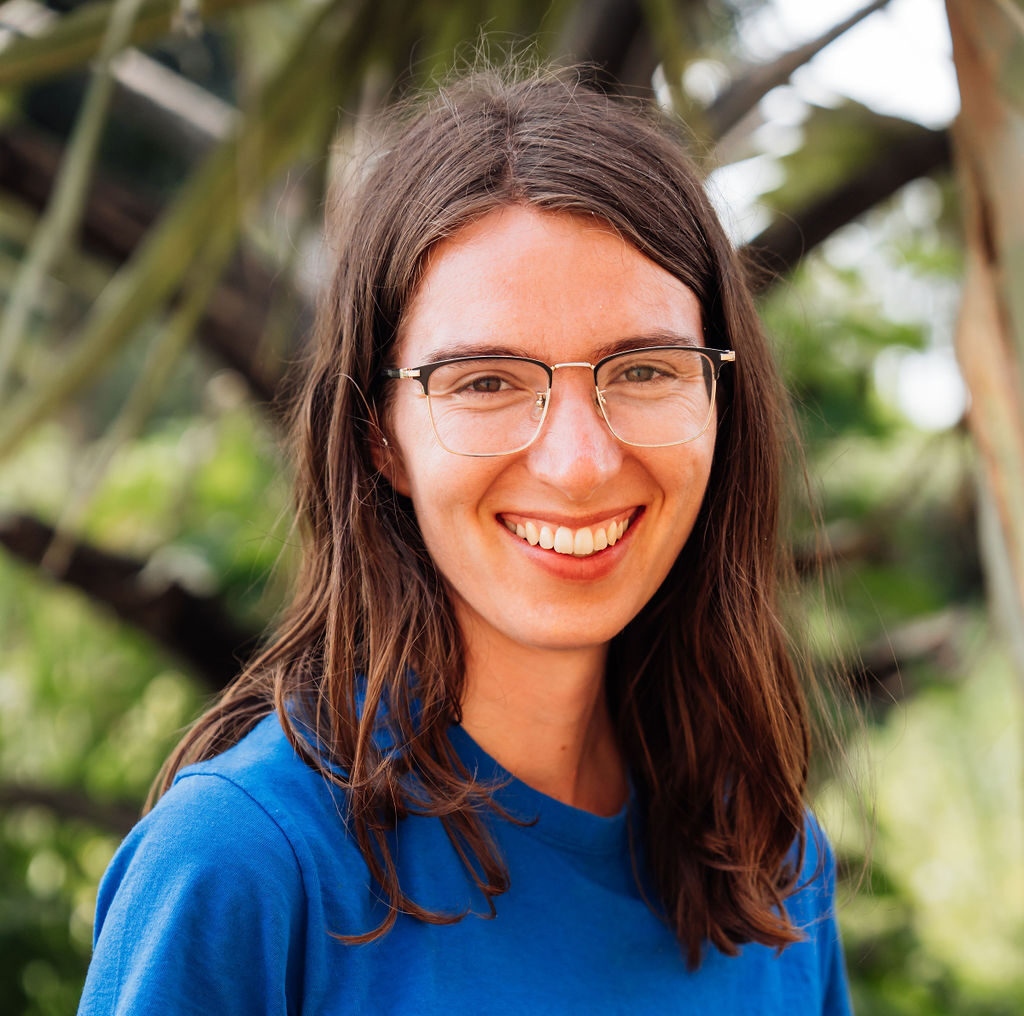It’s estimated that between $1.2 and 1.5 billion dollars in investments were lost between 1989 and 2009 because of nonfunctional water wells. That’s decades of water access work and billions of dollars wasted, a significant disservice to the very communities that were intended to benefit from the water projects.
Water user committees are an integral part of maintaining a water source. In Uganda, these committees are a group of eight to ten people that are trained on borehole maintenance and who ensure proper sanitation and hygiene practices at the water source. Additionally, they decide on a community-wide fee for using the borehole that can be used for future maintenance. Through monitoring and training these water user committees, we can ensure that our solutions are sustainable and that the capacity of the community is strengthened.
Follow-up visits to 112 water sources rehabilitated by Prince of Peace Orphans and Widows Vision (POPOW), our local implementing partner in Uganda, showed that the water user committees requested additional training to manage the water sources. With POPOW, we have recently conducted 18 refresher training sessions and have plans for many more. Our goal is to create a training schedule that ensures the committees have access to the knowledge and tools needed to properly maintain their water sources.
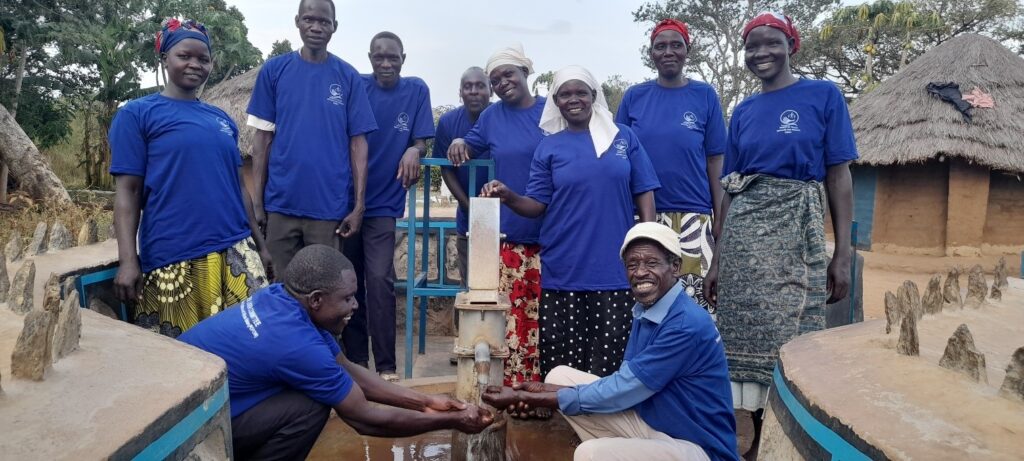
These interactive water user committee trainings have been designed to build the capacity of the committee by educating on these six components:
- Governance and Management of the Water Source
- Environmental Health (Sanitation and Hygiene)
- Sustainable Water Supply
- Sustainable Operation and Maintenance
- Budgeting and Financial Management
- Work Plan Implementation
Governance and Management – During the training, discussions are held about the key roles and responsibilities of the water user committee, composition and selection of members, and the roles of the individual members. We encourage each committee to be at least 50% women, as women often bear the responsibility of collecting water for their family’s well-being and survival.
In the eighteen committees that were recently trained, 171 people – 95 men and 76 women – participated. We found that only eight out of eighteen committees had a well-balanced committee of half men and half women, indicating that there’s still more work to be done to have equal representation of women. It was, however, great to see that in all of the committees, at least one woman held a key officer position such as Chairperson, Vice Chairperson, Treasurer, or Secretary
This portion of the training also includes information on indicators of a non-functioning committee, the importance of water user committee meetings, and tools for conflict management.
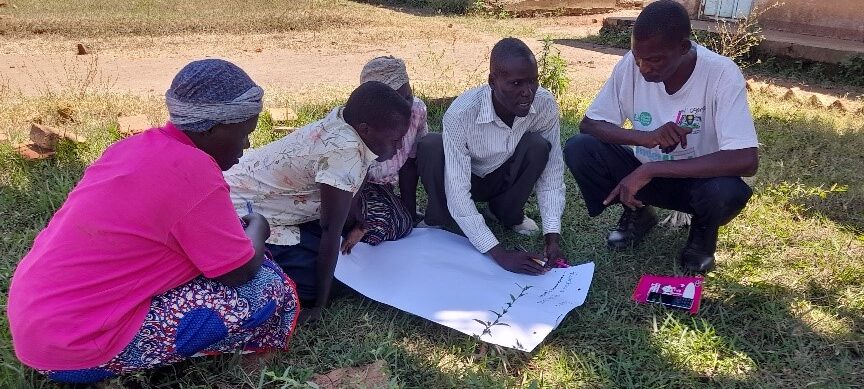
Environmental Health – During this session, participants are asked to define what sanitation and hygiene is to them as well as the different kinds of toilets that are present in their communities. Trainers also ask the participants to identify the different ways in which human waste is disposed of in their communities, with the goal being that the committee members can move their communities from open defecation towards homes that have latrines with a handwashing facility.
Sustainable Operation & Maintenance of the Water Source – Committee members are briefed on the importance of operation and management, common hand pump problems, preventive maintenance, and routine operation and maintenance activities. For example, caretakers are encouraged not to allow animals near the water source; prevent children from playing around the borehole; grease the chains every three weeks; and ensure that laundry is done 10 meters away from the water source.
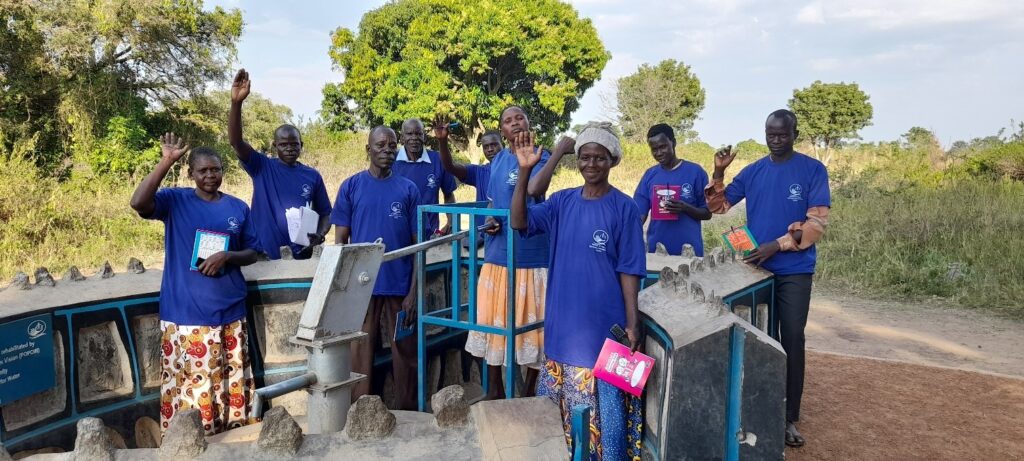
Budgeting & Financial Management – During this portion of the training, participants discuss proper accountability for managing the water source’s funds. Participants are taken through the budgeting process, resource mobilization, and management and utilization of maintenance funds. Of the 18 trainings that have been completed, nine water sources did not have any maintenance fees secured; however, they now all have plans in place to begin collecting fees from the water users.
Work Plan Implementation – With the help of the trainers, each water user committee develops an action plan for the short-term future. These vary between water sources, but range from holding regular meetings with the water users to starting to collect fees to regular cleaning of the borehole.
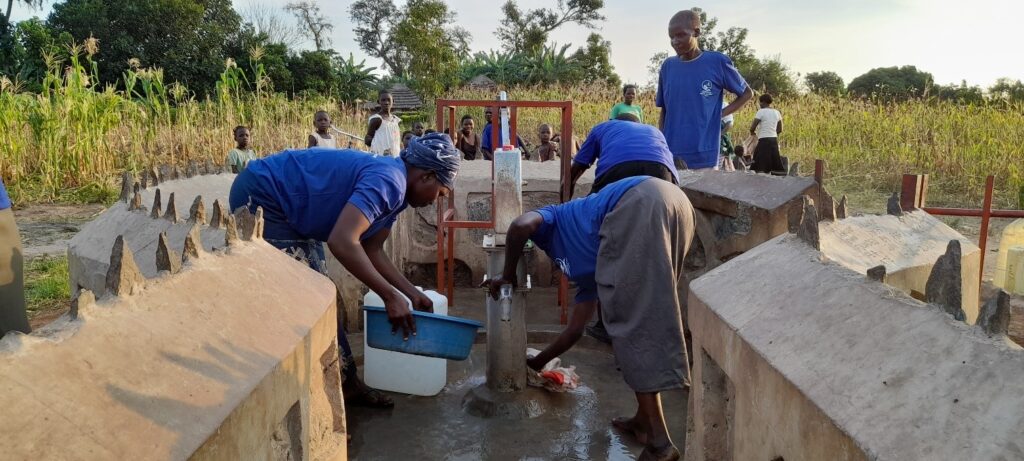
After these trainings, each water user committee is able to manage their water source effectively. As shared by Eyatu Yakobo, Chairperson of a Water User Committee, “We have acquired knowledge on how to manage our borehole and improve sanitation and hygiene in our households and our communities in order to live a healthy life in a healthy environment.”
By providing these trainings, we can ensure that the committee members are better prepared for their roles and will be able to work more effectively in sustaining the water source.
